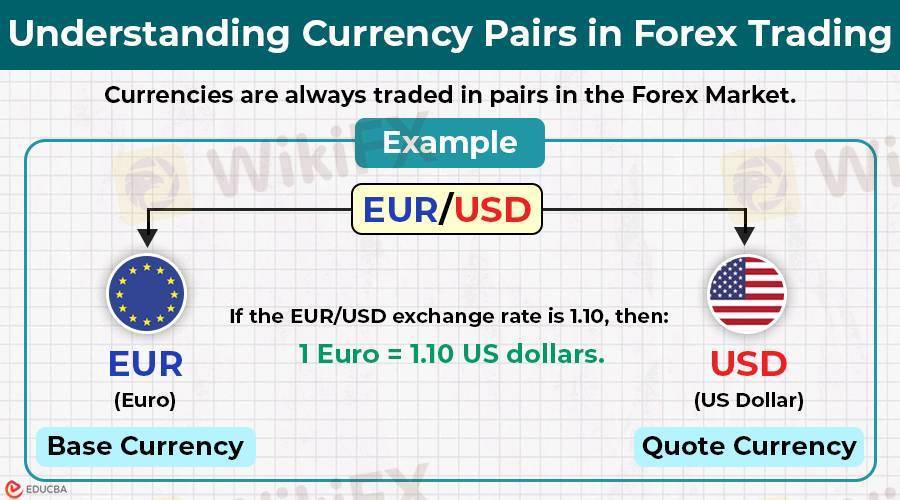
2025-05-20 13:01
IndustryUsing Microplastic Pollution Impacton Exports for
#CurrencyPairPrediction
Integrating the impact of microplastic pollution on exports into foreign exchange (FX) modeling presents a complex and relatively unexplored area. Microplastic pollution can potentially affect a country's export competitiveness through several channels, although direct quantification for FX modeling is challenging due to the multifaceted nature of currency valuation.
One potential impact arises from the effect of microplastics on key export sectors like fisheries and agriculture. Microplastic contamination in seafood can lead to decreased consumer confidence and potential import restrictions, negatively affecting export volumes and thus the demand for the exporting country's currency. Similarly, if agricultural lands are contaminated by microplastics (e.g., through the use of sewage sludge as fertilizer), crop yields and quality could decline, impacting agricultural exports and related FX earnings.
Furthermore, increasing global awareness and regulation surrounding plastic pollution could indirectly affect industries reliant on plastic packaging for exports. Stricter environmental standards in importing countries might necessitate costlier, alternative packaging solutions, potentially reducing the competitiveness of a nation's exports if these costs are not effectively managed.
While a direct, quantifiable link between microplastic pollution levels and exchange rate fluctuations is difficult to establish with current data, the indirect impacts on export sectors could be considered as a long-term factor influencing a country's economic health and, consequently, its currency value. Future FX models might benefit from incorporating environmental sustainability metrics, including those related to pollution, as indicators of long-term economic resilience and export competitiveness. However, this would require significant advancements in data collection and analysis to establish robust correlations.
Like 0
ben572
Trader
Hot content
Industry
Event-A comment a day,Keep rewards worthy up to$27
Industry
Nigeria Event Giveaway-Win₦5000 Mobilephone Credit
Industry
Nigeria Event Giveaway-Win ₦2500 MobilePhoneCredit
Industry
South Africa Event-Come&Win 240ZAR Phone Credit
Industry
Nigeria Event-Discuss Forex&Win2500NGN PhoneCredit
Industry
[Nigeria Event]Discuss&win 2500 Naira Phone Credit
Forum category

Platform

Exhibition

Agent

Recruitment

EA

Industry

Market

Index
Using Microplastic Pollution Impacton Exports for
 Thailand | 2025-05-20 13:01
Thailand | 2025-05-20 13:01#CurrencyPairPrediction
Integrating the impact of microplastic pollution on exports into foreign exchange (FX) modeling presents a complex and relatively unexplored area. Microplastic pollution can potentially affect a country's export competitiveness through several channels, although direct quantification for FX modeling is challenging due to the multifaceted nature of currency valuation.
One potential impact arises from the effect of microplastics on key export sectors like fisheries and agriculture. Microplastic contamination in seafood can lead to decreased consumer confidence and potential import restrictions, negatively affecting export volumes and thus the demand for the exporting country's currency. Similarly, if agricultural lands are contaminated by microplastics (e.g., through the use of sewage sludge as fertilizer), crop yields and quality could decline, impacting agricultural exports and related FX earnings.
Furthermore, increasing global awareness and regulation surrounding plastic pollution could indirectly affect industries reliant on plastic packaging for exports. Stricter environmental standards in importing countries might necessitate costlier, alternative packaging solutions, potentially reducing the competitiveness of a nation's exports if these costs are not effectively managed.
While a direct, quantifiable link between microplastic pollution levels and exchange rate fluctuations is difficult to establish with current data, the indirect impacts on export sectors could be considered as a long-term factor influencing a country's economic health and, consequently, its currency value. Future FX models might benefit from incorporating environmental sustainability metrics, including those related to pollution, as indicators of long-term economic resilience and export competitiveness. However, this would require significant advancements in data collection and analysis to establish robust correlations.
Like 0
I want to comment, too
Submit
0Comments

There is no comment yet. Make the first one.

Submit
There is no comment yet. Make the first one.